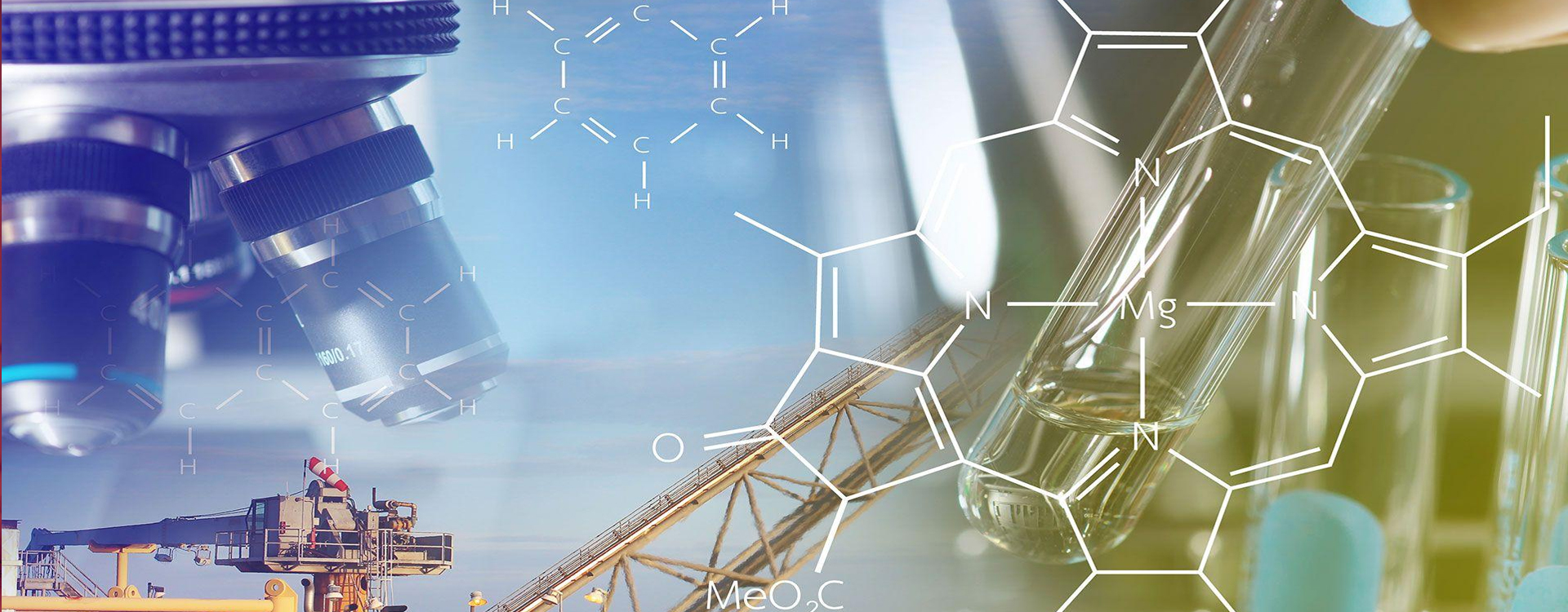Seminar Details
Understanding the mechanism of water's phase transitions is of great interest to researchers, as water is the most abundant substance in living organisms and plays a crucial role in sustaining life. Molecular dynamics (MD) simulations in recent studies suggest that the physical properties associated with the phase transition of water exhibit anomalous variations in nanoscale confined water compared to bulk water. In this study, we investigate the impact of strong hydrophilic confinement on several properties of water, including density, enthalpy, potential energy, radial distribution function, entropy, specific heat capacity, structural dynamics, and phase transition temperatures (freezing and melting points), using the monatomic water (mW) model. Water is modeled using two-body and three-body interaction potentials derived from the Stillinger-Weber potential, with the confining surface introduced through a Lennard-Jones 9-3 (LJ 9-3) water-wall interaction potential. Cooling and heating simulations are conducted with the mW water model using LAMMPS for different nanoscale confinement separation sizes ranging from 8.5 Å to 70 Å within the temperature range of 100 K&ndash350 K. Entropy is calculated using RDF data obtained from the simulations experiments for each temperature with increments or decrements of 2.5 K. The transition temperatures are estimated using the specific heat capacity analysis. The free energy difference between solid-liquid is determined using pseudo-supercritical transformation path and multiple-histogram reweighting techniques. The properties of water are found to be dependent on confinement and the wall-fluid surface interaction. Hysteresis loops are observed for density, enthalpy, potential energy, and entropy around the transition temperatures, while the size of hysteresis loops varies with confinement and surface-water interaction strength. In smaller pore sizes (H &le 20), the solid phase displays a higher density compared to the liquid phase, which is unconventional behavior compared to bulk water systems due to the pronounced hydrophilic properties of the confinement surface. Specific heat capacity exhibits more oscillations in the confined system compared to bulk water, stemming from uneven enthalpy differences across equal temperature intervals. During phase transformation in both heating and quenching processes, there is an abrupt change observed in specific heat capacity. Confinement exerts a notable impact on entropy in the solid phase, but its influence is negligible in the liquid phase. At lower pore sizes (H < 25 Å), there is more fluctuation in freezing temperature for all wall-fluid interactions, which diminishes beyond pore sizes of H > 25 Å. Similarly, more oscillatory behavior is observed in melting temperatures at lower pore sizes (H < 40 Å), which diminishes at higher pore sizes (H > 40 Å). During the quenching process, a sudden jump in the in-plane orientational and tetrahedral order parameters indicates the formation of an ordered phase, specifically a diamond crystalline structure. The percentages of different crystalline structures (cubic diamond, hexagonal diamond, and 2D hexagonal) vary with both the confinement size and the wall-fluid interaction strength. While the true thermodynamic melting temperature Tm is found to be increasing with increasing pore size and depressed with increase in wall-fluid interaction strength.


